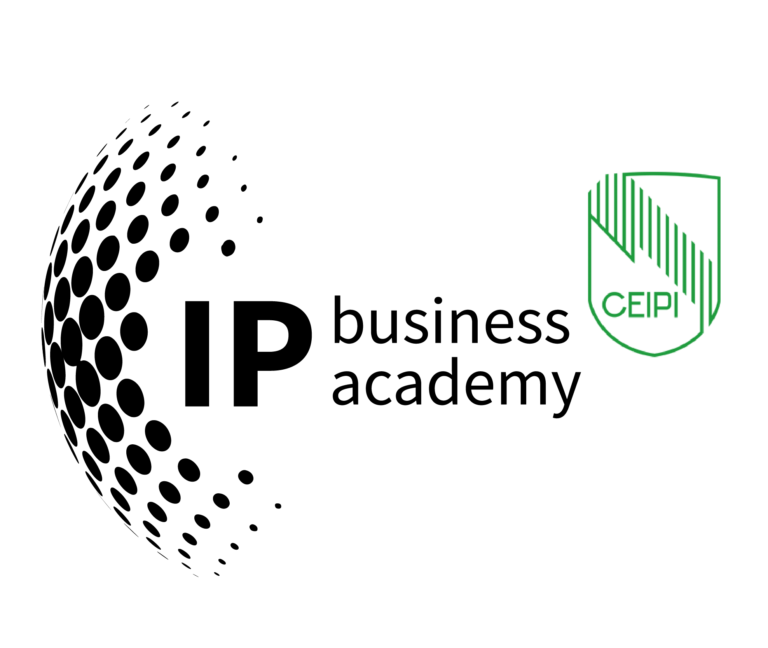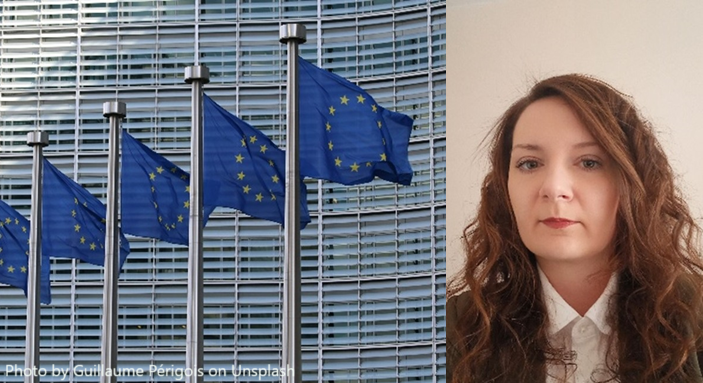The constitution of the internet and intellectual property law – how does the Digital Services Act protect intangible assets?
The Digital Services Act is expected to create a safe, trustworthy and transparent online environment for consumers and competing businesses. It encompasses an increased protection and enforcement of intellectual property rights on online platforms. The regulation is designed to discourage entrepreneurs from selling goods or services that infringe on intellectual property rights, such as trademarks, designs, patents or copyright. The regulation impacts considerably on intellectual property law by reference to the Directive on copyright and related rights in the Digital Single Market and the General Product Safety Regulation.
The purpose of the Digital Services Act is to create a secure, trustworthy and transparent online environment for two major groups of entities: consumers and competing entrepreneurs. The aim is also expected to encompass, which is not so obvious, an attempt to increase the level of protection and enforcement of intellectual property rights on online platforms. Although the phrase “intellectual property,” excluding footnotes, appears in the Act only four times, the regulation’s impact on intellectual property law is crucial. This is because the Digital Services Act is intended to discourage businesses from selling goods or services that infringe on intellectual property rights, such as trademarks, industrial designs or patents, as well as copyrights.
In the context of intellectual property, the functions of the regulation in combating illegal online content, including goods and services, are manifested primarily by:
- offering greater control over what users see online and providing them with more accurate information about the ads they see;
- offering the ability to easily notify illegal content or products;
- providing platforms with the means to work with trusted flaggers;
- imposing traceability obligations on businesses operating on online platforms (Know Your Business Customer – KYBC);
- strengthening the position of users and civil society, including the ability to challenge content moderation decisions and to use remedies, such as a dispute resolution mechanism or judicial remedies,
- strengthening the transparency on a wide range of issues, including the algorithms used in recommending content or products.
From the perspective of intellectual property rights, illegal content should be perceived as a crucial notion. Examples of activities involving illegal content are non-consensual sharing of private images, online stalking, the sale of non-compliant or counterfeit products, the sale of products or the provision of services in infringement of consumer protection law, and the nonauthorized use of copyright protected material.
The Digital Services Act introduces measures to combat illegal goods, services and content on the Internet, such as, for instance, a notice-and-action mechanism or a mechanism of cooperation with trusted flaggers.
Hosting providers, in accordance with Article 16 of the Act, shall implement mechanisms to enable any person or entity to notify them of the presence of certain information that the person or entity in question considers as illegal content. These mechanisms must be easily accessible and user-friendly and must allow reports to be made only electronically. The obligation to implement the mechanisms is addressed to all hosting service providers, regardless of their size.
The Act establishes new obligations regarding the traceability of business users on online platforms, which aim is to detect sellers of illegal goods. Article 30 of the Act imposes obligations on providers of online platforms to enable consumers to enter into distance contracts with business entities, including the ability for consumers to receive certain information from traders.
The purpose of the regulation is to balance the protection of users’ rights and intellectual property rights and the protection of privacy and freedom of expression, as well as to provide legal certainty for the providers of intermediary services. The exclusion of a general monitoring obligation is intended to protect intermediaries from excessive burdens. The ban on general monitoring dovetails with Article 17 of the DSM Directive which states that providers of intermediary services may not conduct general monitoring of content that is subject to copyright protection. However, this does not mean that intermediaries are completely deprived of responsibility for what content users post on their services.
As indicated, the Digital Services Act defines illegal content. Illegal content includes counterfeit goods and pirated goods. Among these products, in turn, are often goods that are now regulated by the General Product Safety Regulation. These are dangerous products.
According to the Digital Services Act, in a situation where a hosting service provider acquires any information giving rise to suspicion that a threat to the life or safety has been committed, it shall immediately inform law enforcement or judicial authorities of the concerned Member State and provide all available information on the subject. A contact or a use of dangerous products is certainly a threat to the life or safety. It is therefore apparent that there is a direct connection between the Digital Services Act, which imposes general obligations on online platforms, and the General Product Safety Regulation which details the obligations of platforms in the case of a placement of dangerous products on them, thereby allowing them to be made available to the public.
The full article in Polish is available here
About the author
 Elżbieta Dziuba is an intellectual property specialist mainly focused on the intersection between IP law and emerging technologies, IP mediator, patent and trademark attorney trainee, regulatory and public policy expert (DSA, DMA, AIA, GPSR, substantive patent law harmonisation) with experience gained at the European Parliament, a leading Polish business association, the International Trademark Association, the Polish Patent Office and a technological company.
Elżbieta Dziuba is an intellectual property specialist mainly focused on the intersection between IP law and emerging technologies, IP mediator, patent and trademark attorney trainee, regulatory and public policy expert (DSA, DMA, AIA, GPSR, substantive patent law harmonisation) with experience gained at the European Parliament, a leading Polish business association, the International Trademark Association, the Polish Patent Office and a technological company.



